Polish artist who painted Hindu divine beings in Indian palaces
Polish artist who painted Hindu : In the year 1939, as German tanks and warriors attacked Poland, a celebrated Clean craftsman and his film-star spouse pawned off their adornments and fled the country.
Polish artist who painted Hindu : Stefan Norblin and Lena cleared out behind their dream domestic, which they were in the prepare of building, and their whole creative bequest in trade for safety.
The couple pointed to look for asylum in America and voyage over Romania, Turkey and Iraq, at last arriving in colonial India, where they went through six years.
Their long stopover brought about in the improbable collaboration between the craftsman and Indian maharajas (rulers), and gave India a few of its finest craftsmanships that mix Western aesthetics with Indian iconography.
Between 1941 and 1946, a few Indian lords commissioned Norblin to brighten their royal residences with works of art, and indeed plan their add in the craftsmanship deco fashion – a pioneer fashion that celebrates development and technology.
Norblin rose to the event by portray lovely wall paintings of Hindu divine beings, whole scenes from Hindu legends Mahabharata and Ramayana and indeed the country’s well known tigers, panthers and elephants in his characteristic mixed style.
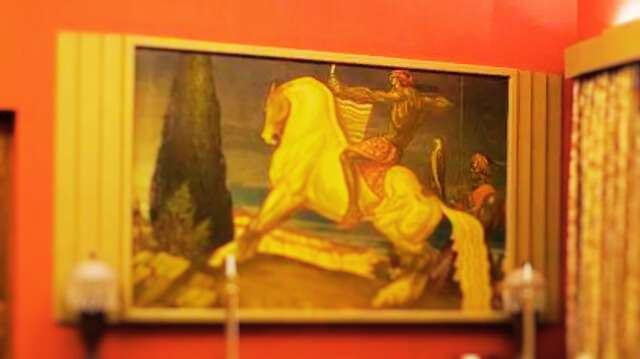
His canvases can be found in the Umaid Bhawan Royal residence in Rajasthan state –
The domestic of the ruler of the past regal state of Jodhpur, which has presently been changed over into a extravagance inn – as well as the royal residence of the rulers of Morbi in Gujarat state.
He moreover painted representations for the Maharaja of Ramgarh in Bihar state, but these craftsmanships have been misplaced to time, says Claus-Ullrich Simon, an master on Norblin, in Chitraanjali – a narrative which chronicles the artist’s works in India.
His wall paintings are amazing and dynamic, imbued with a sense of development and feeling. They portray unmistakable characteristics of the craftsmanship deco fashion, like moderate, prolonged human figures, geometric shapes and striking colours; but they are combined with inventive elucidations of conventional Indian symbolism, counting the highlights and stances of Hindu gods.
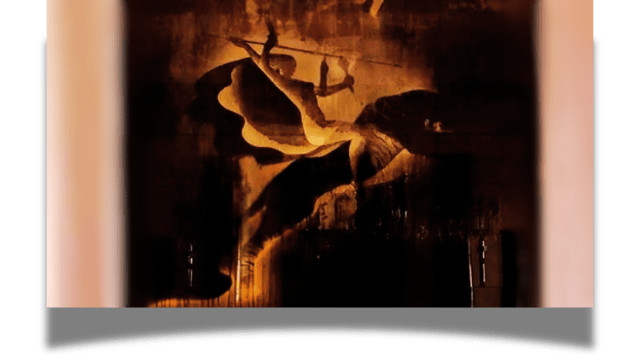
Norblin was born in 1892 in Warsaw into a affluent family of industrialists.
His father needed him to gotten to be a businessman and sent him to consider commerce in Antwerp, Belgium. But Norblin’s interface lay in portray, a quality he likely acquired from his great-uncle who was a relative of a celebrated French painter.
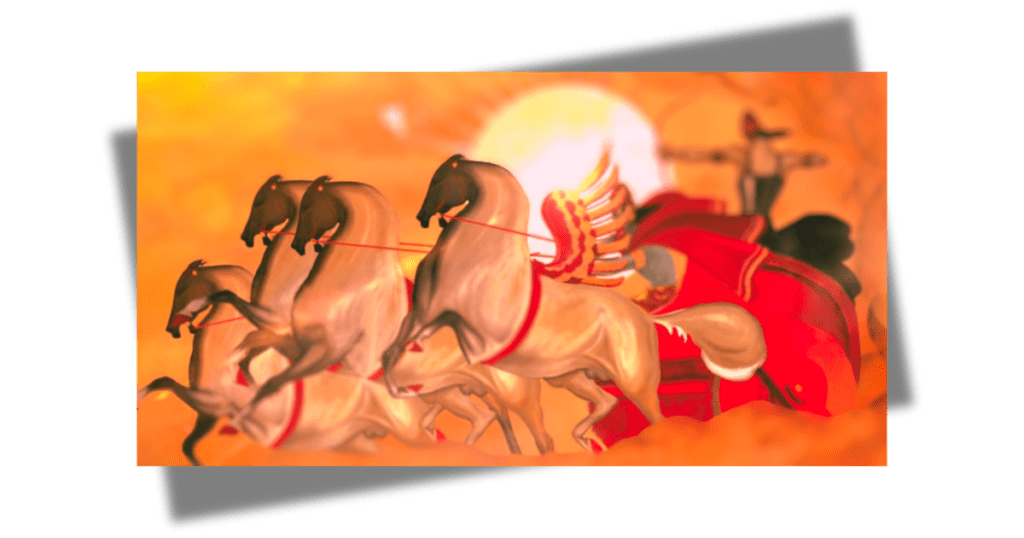
So, a youthful Norblin stopped his ponders and set off for Europe, where he gone to various displays and made outlines for magazines in Belgium, France and Britain, composes Agnieszka
He afterward returned to Warsaw and took up work as a realistic craftsman, arrange architect and book artist and steadily created a fan-following among the social first class.
He met and hitched Lena, his moment spouse, in 1933 and the persuasive couple lived a comfortable life in Warsaw. But World War Two evacuated them from their country and transported them to the shores of far-away India.
The couple to begin with arrived in Bombay (presently Mumbai) in British India, and were welcomed by a juncture of societies, religions and dialects, says planner Rahul Mehrotra in Chitraanjali. Here, the couple set up domestic and Norblin started showing his work in best exhibitions, pulling in the consideration of wealthy patrons.
In the 1930s and 40s, the craftsmanship deco fashion was a gigantic slant in Europe, but it had not however saturated the structural scene of India. But the children of numerous of India’s maharajas were uncovered to the fashion when they voyage overseas to study.
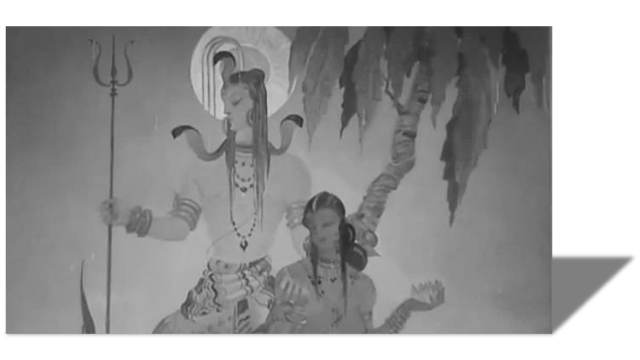
And so, when Maharaja Mahendrasinhji’s child was building a modern royal residence in Morvi (presently Morbi) – which he christened The Unused Royal residence – he needed it planned and outfitted in the craftsmanship deco style.
He entrusted Norblin with beautifying the contribute of the put with his works of art. The craftsman made gigantic wall paintings delineating chasing scenes, Hindu god Shiva misplaced in supplication, representations of the ruler’s predecessors and symbolism that captured the greenery and fauna of the zone. His human figures have a blend of dull and light complexions and a enchanted, nymph-like quality.
The ask was maybe the result of a shipping mishap, which devastated the furniture the maharaja had requested from London, Kasprzak composes in her paper, Polish artist At The Benefit of Maharajas.
One can see a few of Norblin’s finest work in the sprawling Umaid Bhawan Royal residence. Most captivating are his wall paintings of the goddess Durga, who is regularly delineated riding a lion and killing a devil. The goddess is moreover portrayed having numerous hands, each carrying a deadly weapon.
In one of Norblin’s canvases of Durga, the goddess looks nearly like an Egyptian princess; in another, strokes of dark paint provide shape to the goddess, making her see nearly like a shadow streaking over the wall.
In one of the rooms called The Oriental Room, Norblin has painted a arrangement of six wall paintings portraying critical scenes from the Ramayana, counting goddess Sita’s snatching by the evil presence ruler Ravana and her strolling into the fire to demonstrate her chastity to her spouse, Ruler Slam.
Norblin has moreover planned whole rooms in the royal residence, counting the king’s and queen’s suites, the sitting room and eating zones.
Table of Contents
Important links
learn Web development from expert
Share this content:
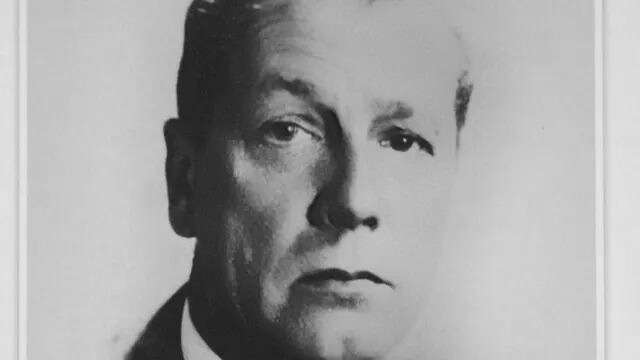





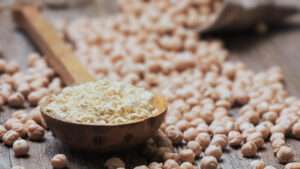



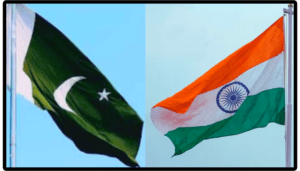



Post Comment